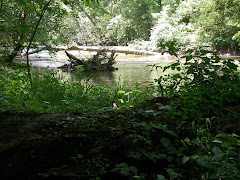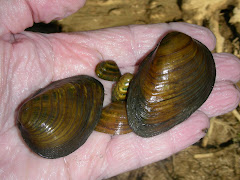The major theme of the library's "Play and Learn" project is for staff like myself to learn about Web 2.0, and Library 2.0. These 2.0's refer to a new generation of interactive online activity. In Web 1.0, or the first generation web, users went to the web to gather information from websites. In Web 2.0, users go to the web to gather information, but in addition they interact with sites by providing feedback and content, by using a new generation of web-based tools to collect and organize information, and by sharing what they've learned with other users.
For Library 2.0, this means libraries will become more elaborate gatekeepers, or enablers, which help connect customers with the vast array of information and information tools available in Web 2.0. No longer will we just offer a static catalog of information source (mostly print). Instead we will sift through the everchaning Web resources and skillfully connect customers with those resources. And no longer will we focus solely on anticipating customer wants. Instead we will allow customers to inform us of what their wants are.
All of this makes me wonder if there is a new way of looking at Darby conservation. In the past, there's been a small but energetic corps of people working to protect Darby. This corps knew what needed to be done and tried to accomplish it. But in the future, I suspect that a more effective model is to use web-based tools to invite a larger group of Darby lovers into the fray.
The larger group is already out there, I believe. When we collected signatures for a moratorium on development in the Darby watershed, we had no trouble getting those signatures in the thousands. And the Darby Accord--the multi-jurisdictional agreement to limit development to environmentally sustainable levels--is a reflection of broad public support in Columbus and the suburbs for Darby protection. And finally, Metro Parks takes over 10,000 children a year into Darby to play and learn about the creek's wild creatures, creating thousands of future enthusiasts.
The question is how to best marshall these supporters to efforts to preserve Darby for future generations. I suspect that Darby 2.0 could be the answer.
Subscribe to:
Post Comments (Atom)



No comments:
Post a Comment